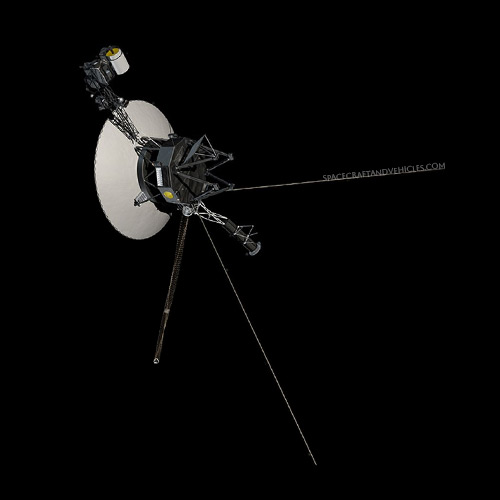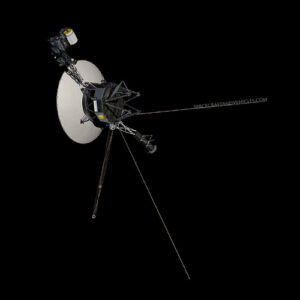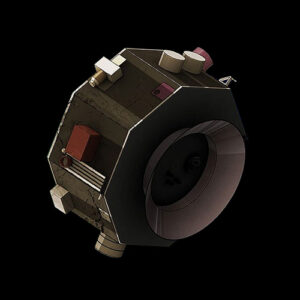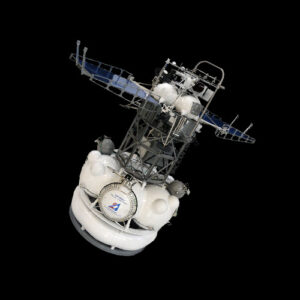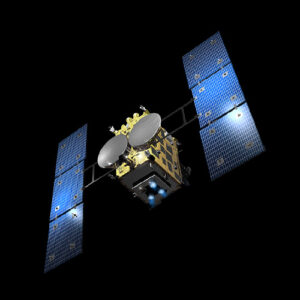Voyager 2, launched by NASA on August 20, 1977, represents one of humanity’s most ambitious space missions, venturing beyond the confines of our solar system to explore the outer planets and beyond. As a sibling spacecraft to Voyager 1, Voyager 2 embarked on a grand odyssey of scientific discovery, revealing the wonders of Jupiter, Saturn, Uranus, and Neptune in unprecedented detail. Its remarkable journey continues to captivate the world, pushing the boundaries of human exploration and knowledge of the cosmos.
Design and Construction
Voyager 2 shares a similar design and construction to its counterpart, Voyager 1, featuring a robust and compact spacecraft optimized for long-duration space travel. Its main body houses a suite of scientific instruments, communication systems, and a radioisotope thermoelectric generator (RTG) for power generation. High-gain and low-gain antennas, cameras, and sensors adorn its exterior, enabling data collection and transmission across vast distances.
Constructed from lightweight yet durable materials, Voyager 2 prioritizes reliability and endurance, withstanding the rigors of space exploration. Its modular design allows for flexibility in mission objectives, accommodating various scientific investigations and discoveries.
Mission Objectives
- Voyager 2’s primary objective is to conduct detailed studies of the outer planets of the solar system, including Jupiter, Saturn, Uranus, and Neptune, as well as their moons, rings, and magnetic fields.
- Secondary objectives include investigating the heliosphere, heliosheath, and interstellar medium beyond the termination shock.
Launch and Deployment
- Voyager 2 was launched aboard a Titan IIIE/Centaur rocket from Cape Canaveral Air Force Station, Florida.
- Following a successful launch, the spacecraft embarked on its interplanetary trajectory, utilizing gravity-assist maneuvers to explore the outer planets.
Technical Specifications
- Dimensions: Approximately 3.7 meters in length and 2.5 meters in width (including the high-gain antenna).
- Weight: Approximately 825 kilograms.
- Power Source: Voyager 2 is powered by three RTGs, providing electrical power for its instruments and subsystems.
- Instruments: Voyager 2 carries a suite of scientific instruments, including cameras, spectrometers, magnetometers, and particle detectors, tailored for in-depth studies of planetary environments and interstellar space.
Current Status
Voyager 2 continues its unprecedented journey through the outer reaches of the solar system, transmitting valuable data back to Earth from interstellar space. As of the latest updates, the spacecraft remains operational, albeit with declining power from its RTGs. Despite its vast distance from Earth, Voyager 2 maintains communication with ground stations using its antennas, enriching our understanding of the distant realms of the galaxy.
Voyager 2’s enduring mission has yielded groundbreaking discoveries, including detailed observations of Jupiter’s Great Red Spot, Saturn’s rings and moons, Uranus’s and Neptune‘s atmospheres, and the heliosphere’s structure. Its instruments continue to gather data on cosmic rays, magnetic fields, and plasma density, providing unprecedented insights into the interstellar environment.
